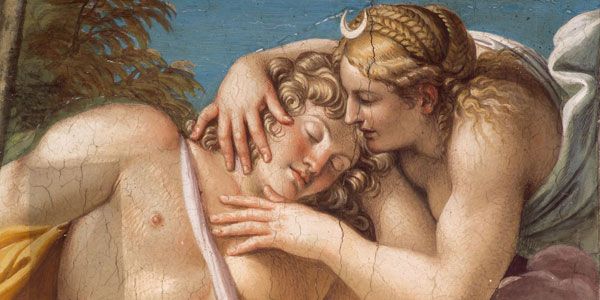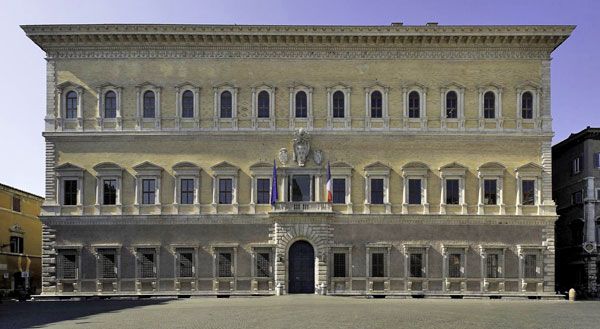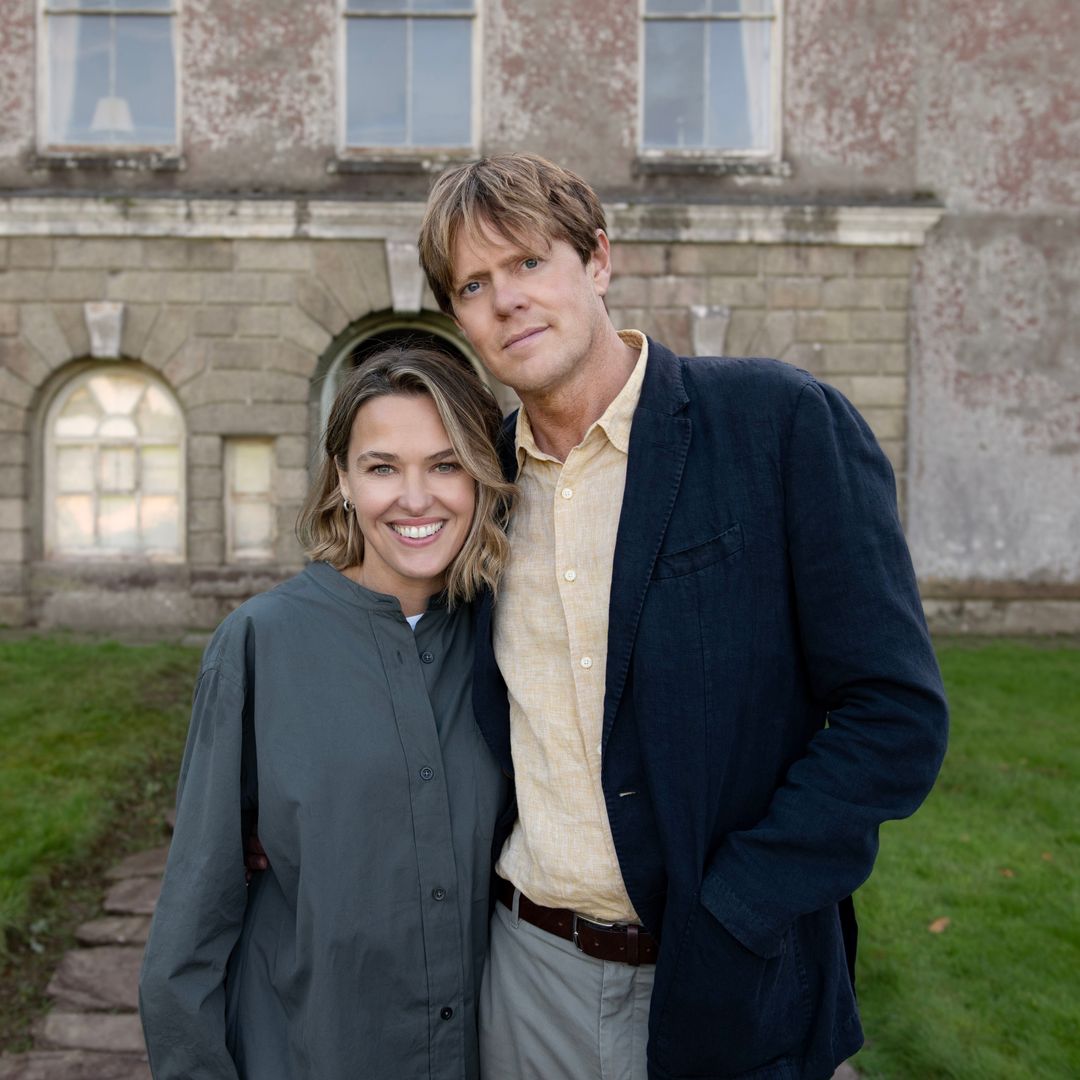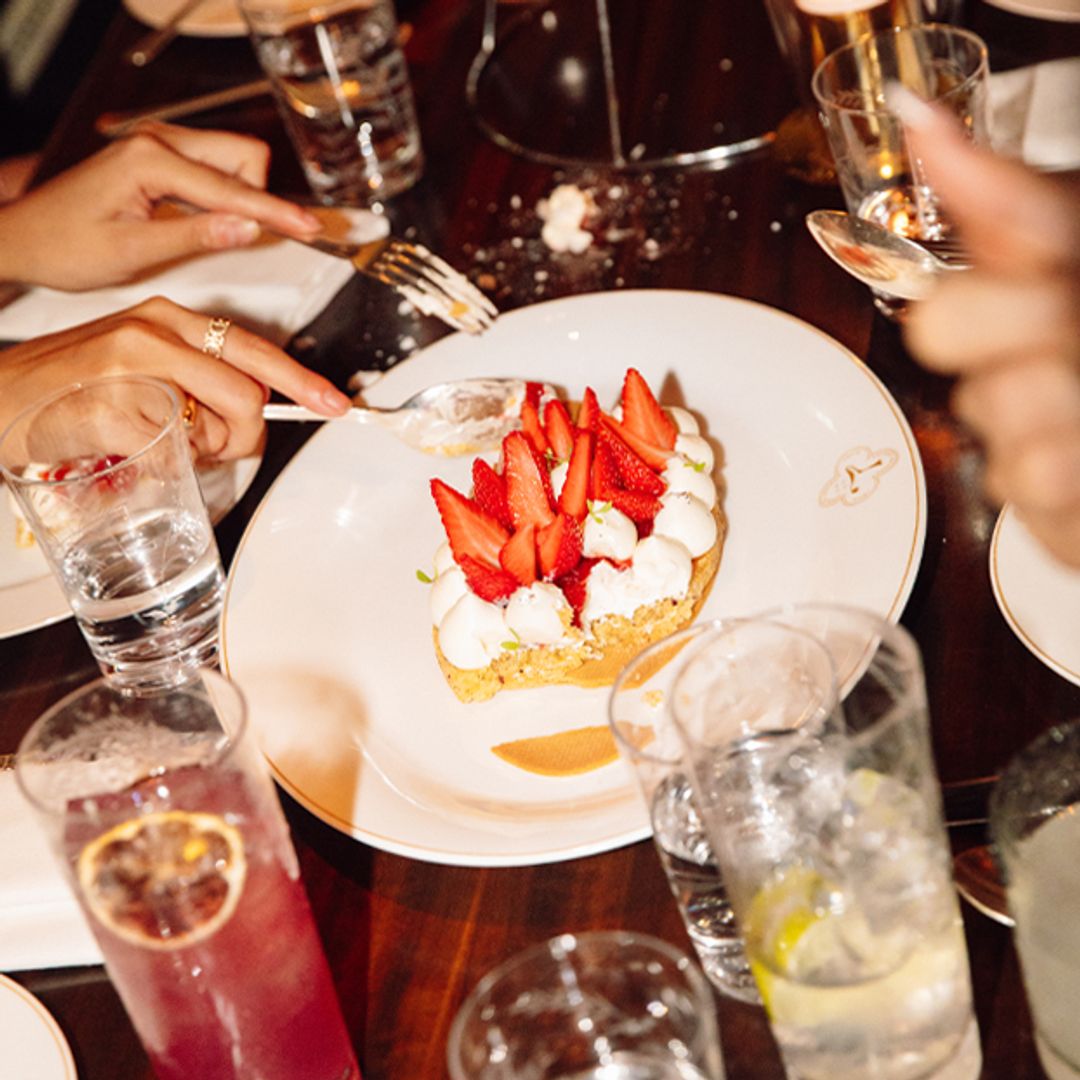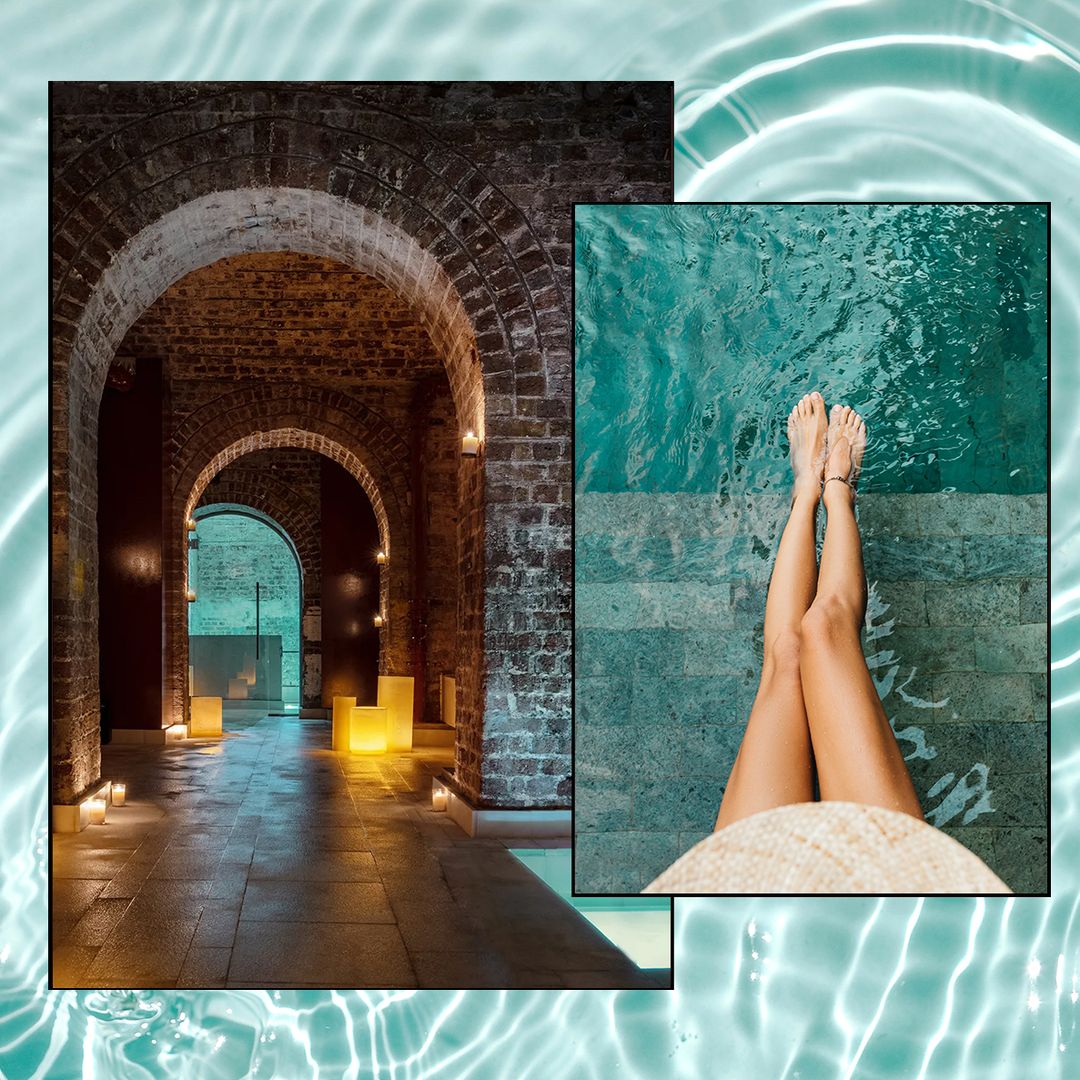In the exhibition The Palazzo Farnese: From the Renaissance collections to the French Embassy, a total of 150 works – including paintings, sculptures, drawings, coins and ceramics – tell the tale of the pomp and magnificence of the distinguished Farnese family at the height of its splendour.
Until April 27th, the display will be open to the public, helping bring to life the story of the beautiful Palazzo. It's an opportunity not to be missed, as the Renaissance building – with its austere grandeur, its monumental architecture and splendid sculpture and art – houses the French Embassy, and its doors are not usually open to the public.
The fame of the Farnese began back in 1534 when the Cardinal Alessandro was elected Pope under the name Paul III. Prince of the Counter Reformation and Renaissance patron, he ordered the construction of the Palazzo in 1515. The design was in the hands of Antonio Sangallo, but when he died, responsibility passed to Michelangelo, who, in 1546 took charge of the project. It was Michelangelo, then, who was the artist behind the building's impressive upper cornice and elegant interior courtyard. When Pope Paul III died in 1589, Jacopo Vignola was charged with completing the Palazzo under the direction of Giacomo della Porta. In all, it took almost a century to complete the cubic building that played an important role in hosting gatherings of Renaissance writers and artists.
Visitors to the current exhibition, will have a chance to admire the Hall of Emperors and Philosophers, decorated with frescos by Taddeo Zuccari and Francesco Salviati. The famous statues of the Dacian prisoners have regained their place alongside the magnificent doors of the Great Hall, thanks to a loan from the Archaeological Museum of Naples. One of the surprises in store at the exhibition is the repositioning – in virtual form – of the towering figures of the Farnese Hercules and the Latin Hercules in their original places in the courtyard. The Farnese Bull is also on display, alongside the monumental statue of Apollo, known in its day as Rome Triumphant. Among the gems on display is the studiolo, a rare example of Renaissance furniture custom made by Roman craftsmen to store the Farnese coin collection.
Pope Paul III went on to have four children with an unnamed woman, and he and his grandsons amassed a magnificent art collection. For the exhibition, paintings have been hung in the northeast gallery, including the Portrait of Pope Paul III by Titian and Christ and the Woman from Cana painted by Carracci for Odoardo Farnese's private chapel, together with works by Del Piombo and El Greco.
In 1714, the last of the Farnese family, Isabel, married Felipe V of Spain, and the Palazzo passed into Spanish hands when her son Carlos III of Bourbon inherited the family property. Then France appears in the story of the building, as tenants to the Bourbons, until, in 1911, the French bought the Palazzo. Finally, in 1936, it was sold back to the Italians, but with a proviso that it should be available for use by France for a period of 99 years while the La Rochefoucauld-Doudeauville hotel, the present home of the Italian Embassy in Paris, is available for the Italians for the same period.

